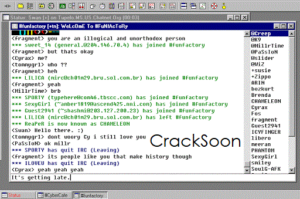
In the mandibular second molars, the presence of 2 separate roots with 2 canals in the mesial root and 1 canal in the distal root represented 54% of the total.

The following observations were recorded: (1) number of roots and their morphology, (2) number of canals per root, (3) C-shaped canals, and (4) primary variations in the morphology of the root canal systems.įirst molars showed a higher prevalence of 2 canals in the mesial root and 1 in the distal root with 2 separate roots (74%). A total of 460 healthy, untreated, fully developed mandibular first and second molars were included (234 first molars and 226 second molars).

Patients who required CBCT radiographic examinations as part of their routine examination, diagnosis, and treatment planning were enrolled in the study. The aim of this study was to analyze and characterize root canal morphology of mandibular molars of the Brazilian population by using cone-beam computed tomography (CBCT).


 0 kommentar(er)
0 kommentar(er)
